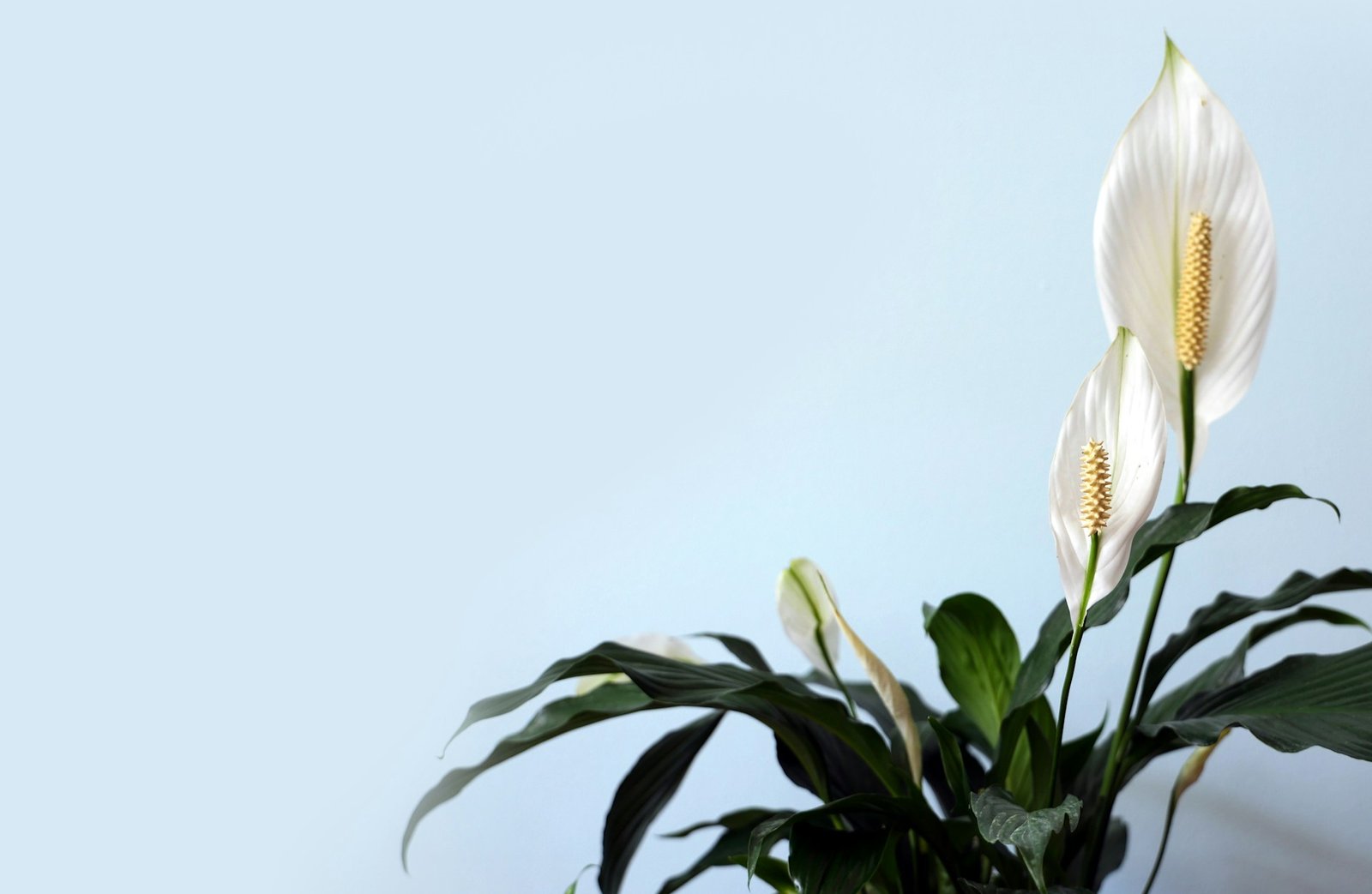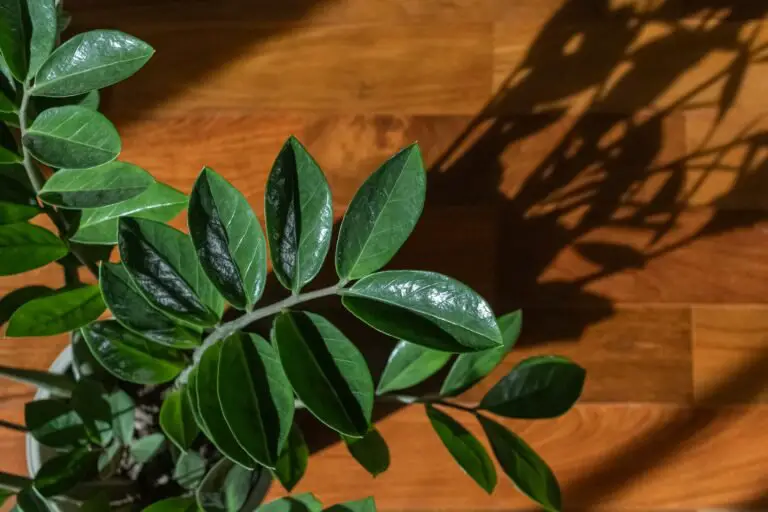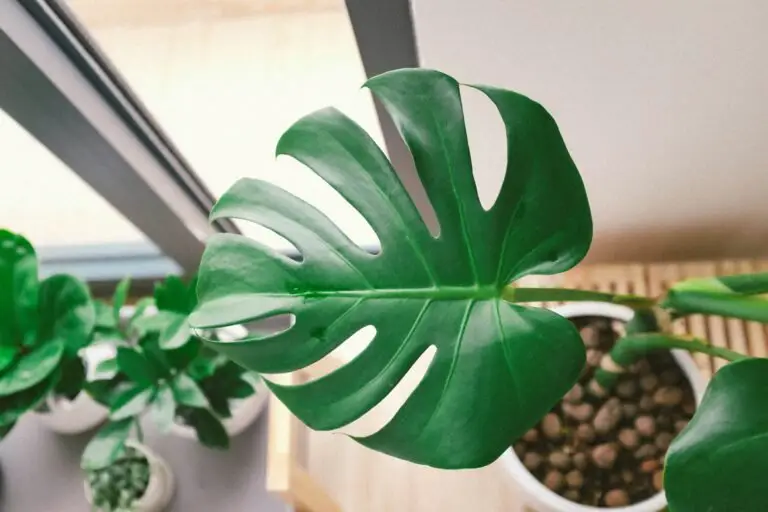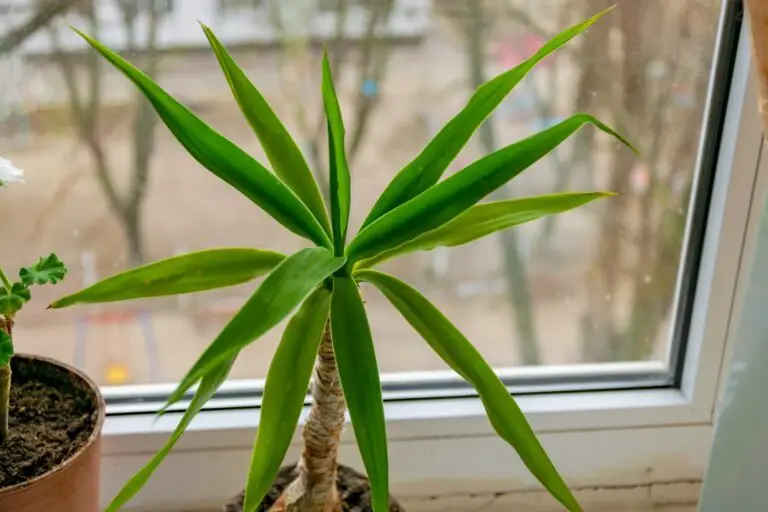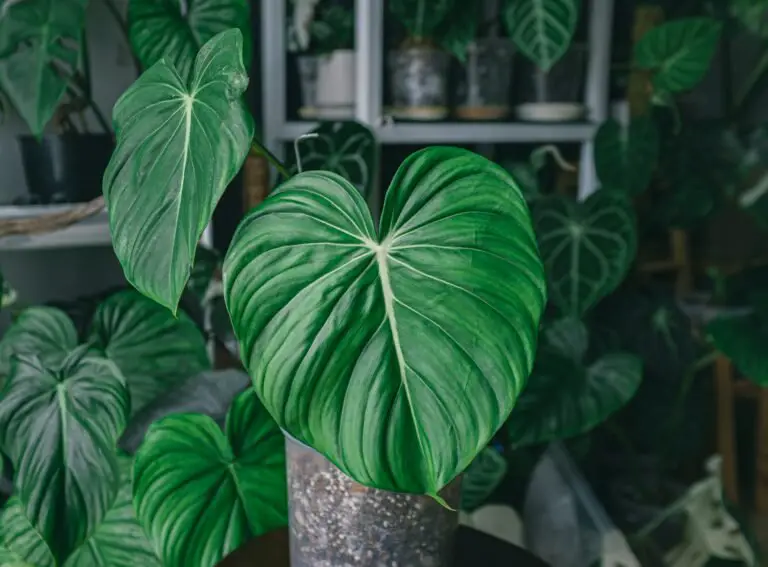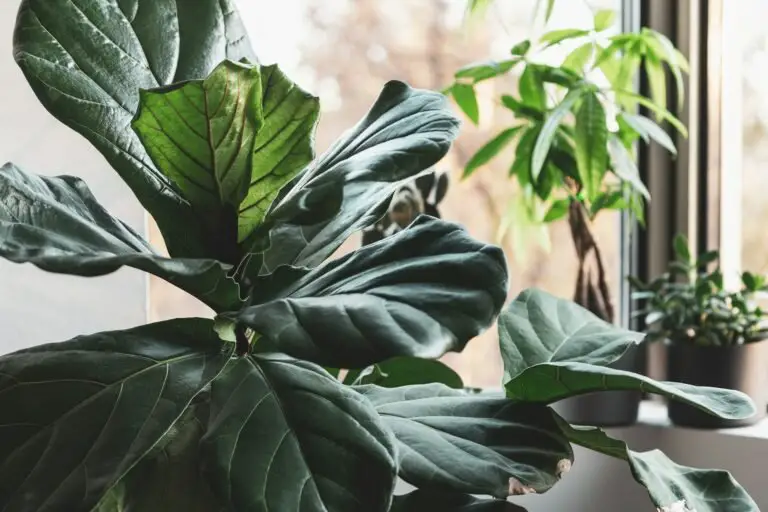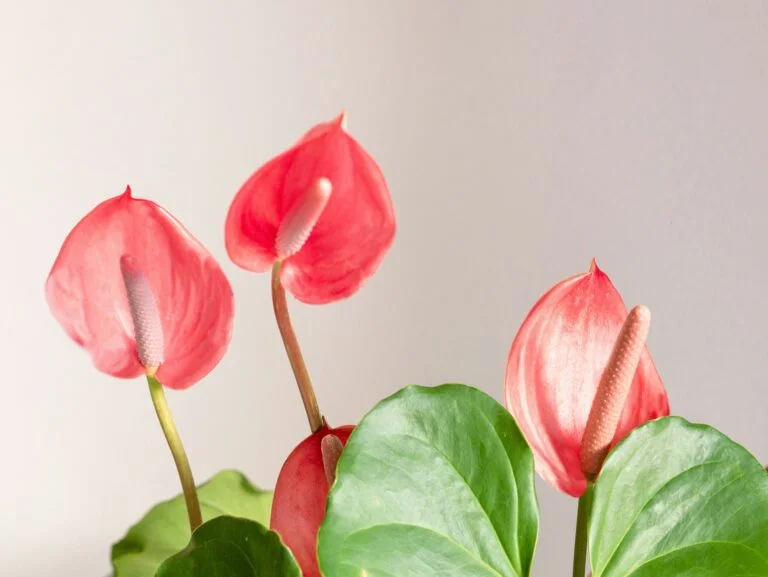Peace Lily Care Guide: The Drama Queen You’ll Love
You want a plant that tells you exactly what it needs? A plant that’s graceful, purifies your air, and isn’t afraid to put on a little show when it’s thirsty? Meet the Peace Lily (Spathiphyllum). This isn’t just a houseplant; it’s a beautiful, elegant, and surprisingly communicative companion for your home or office. 🎭
If you’ve heard they’re “dramatic,” you heard right. But here’s the thing: their drama makes them incredibly easy to understand. We’re going to dive into why this lovely plant is so popular, how to keep its iconic white “blooms” looking pristine, and how to respond when it throws its very obvious watering tantrum.
What Makes It Special (or Popular)
The Peace Lily is a staple houseplant for a reason. It offers lush, dark green foliage and distinctive white “flowers” (which are actually modified leaves called spathes, but let’s not get too technical). Its popularity comes from:
- Striking Beauty: Elegant dark green leaves with beautiful white spathes that stand out.
- Air Purifying Power: It’s a champion at removing common indoor air pollutants.
- Clear Communication: It tells you loudly when it needs water. No guesswork involved!
- Low to Medium Light Tolerance: Adapts well to different light levels, though it prefers consistency.
It’s a fantastic plant for bringing a touch of zen and clean air to any space.
Light Requirements
Peace Lilies prefer medium to low indirect light. Think of their natural habitat: the forest floor, where they get filtered light through a canopy of trees.
- Ideal: A bright room, but several feet away from a window, or in a north-facing window.
- Too much direct sun: Can scorch the leaves, leading to yellowing or brown spots. It will definitely let you know it’s unhappy.
- Too little light: While it tolerates low light, you’ll see fewer “flowers” and slower growth. The goal is enough light to encourage those beautiful white spathes without burning the leaves.
If your plant is looking pale or scorched, move it further from the window. If it’s not flowering, try moving it to a slightly brighter spot.
Watering Tips
This is the Peace Lily’s defining characteristic: the droop. When a Peace Lily is thirsty, its leaves will dramatically wilt and droop, almost like it’s fainting. This is your cue!
- Water when the top 1-2 inches of soil are dry, or when you see the characteristic droop.
- Give it a good soak: Water thoroughly until water drains from the bottom of the pot.
- Don’t let it sit in water: Dump any excess water from the saucer after about 15-30 minutes. Leaving it in standing water leads to root rot.
The key is consistency. Don’t wait until it’s bone dry every time, but don’t keep it soggy. Find that sweet spot where it droops slightly, then water. It will quickly perk back up, often within hours, looking like nothing ever happened. It’s truly amazing to watch.
Humidity & Temperature
Peace Lilies are tropical plants, so they appreciate higher humidity. While they can tolerate average household humidity, they will thrive with a little extra moisture in the air.
- Boost humidity by:
- Misting the leaves regularly (daily or every other day).
- Placing it near a humidifier.
- Using a pebble tray filled with water beneath the pot (make sure the pot isn’t sitting directly in the water).
- Grouping it with other plants.
For temperature, aim for consistent warmth, ideally between 18°C and 29°C (65°F and 85°F). Avoid cold drafts from windows or air conditioners, and keep it away from heating vents that can dry out the air.
Soil & Potting Tips
A well-draining, moisture-retentive potting mix is ideal for Peace Lilies. They like consistency in moisture but hate sitting in soggy conditions.
- A standard good-quality indoor potting mix works well.
- You can add a bit of perlite (about 10-20%) for extra drainage, or coco coir for moisture retention without sogginess.
Peace Lilies generally like to be somewhat root-bound, but not extremely so.
- Repot only when you see roots growing out of the drainage holes or the plant becomes top-heavy.
- Usually, this means repotting every 1-2 years.
- When repotting, go up just one pot size. Too large a pot holds excess moisture, increasing root rot risk.
Growth & Size Expectations
Peace Lilies are moderate growers. They form a dense clump of foliage and blooms that emerges directly from the soil.
- Size: Depending on the variety, they can range from small tabletop plants (6-12 inches tall) to impressive floor specimens (up to 3-4 feet tall). Always check the specific variety’s mature size when purchasing.
- Flowering: The iconic white spathes typically appear in spring and last for several weeks, sometimes re-blooming throughout the year, especially if conditions are ideal.
If your plant isn’t blooming, consider if it’s getting enough light. Consistent watering and feeding also play a role.
Fertilizing Tips
Peace Lilies are not heavy feeders. They benefit from regular, but diluted, fertilization during their active growing season.
- Fertilize every 4-6 weeks during spring and summer.
- Use a balanced liquid houseplant fertilizer diluted to half or even quarter strength.
Reduce or stop fertilizing in fall and winter when the plant’s growth naturally slows down. Over-fertilizing can lead to crispy leaf edges or root burn, so err on the side of less.
Common Issues (and how to fix them)
The Peace Lily’s drama makes troubleshooting relatively easy.
- Drooping Leaves: Underwatering. This is the classic signal. Water immediately.
- Yellowing Leaves:
- Often overwatering: If leaves are yellow and soft/mushy, especially lower ones. Reduce watering frequency.
- Underwatering (less common): If leaves are yellow and crispy, and soil is bone dry.
- Nutrient deficiency: If older leaves consistently yellow, consider fertilizing.
- Brown Tips/Edges:
- Low humidity: Very common. Increase humidity with misting or a pebble tray.
- Over-fertilization: Salt buildup from too much fertilizer. Flush the soil with plain water or reduce feeding.
- Chlorine/Fluoride: Some plants are sensitive to chemicals in tap water. Try using filtered or distilled water.
- Green “Flowers”: This means the spathe is aging, or the plant is getting insufficient light. If it’s a new “bloom” and green, try more indirect light.
Pruning or Propagation
Pruning a Peace Lily is straightforward and usually involves removing spent “flowers” and yellowed or damaged leaves.
- Remove spent spathes: Once a white spathe turns green or shrivels, cut the stem back at its base. This directs energy to new growth and flowers.
- Trim dead/yellow leaves: Cut these back at the base of the plant.
Propagation is done by division during repotting.
- When you repot, gently remove the plant from its pot.
- Carefully tease apart the root ball into smaller clumps, making sure each clump has leaves and some roots attached.
- Pot each division into its own pot with fresh, well-draining soil. This is a great way to get more plants!
Final Thoughts or “Should You Get One?”
Should you get a Peace Lily? Absolutely! Despite its reputation for “drama,” it’s incredibly rewarding because its needs are so clear.
- It’s perfect for beginners who want to learn a plant’s cues.
- It adds elegance and a touch of the tropics to any room.
- It’s an excellent air purifier.
Just pay attention to its droops—that’s its way of sending you a love letter. Embrace the drama, and your Peace Lily will flourish.

